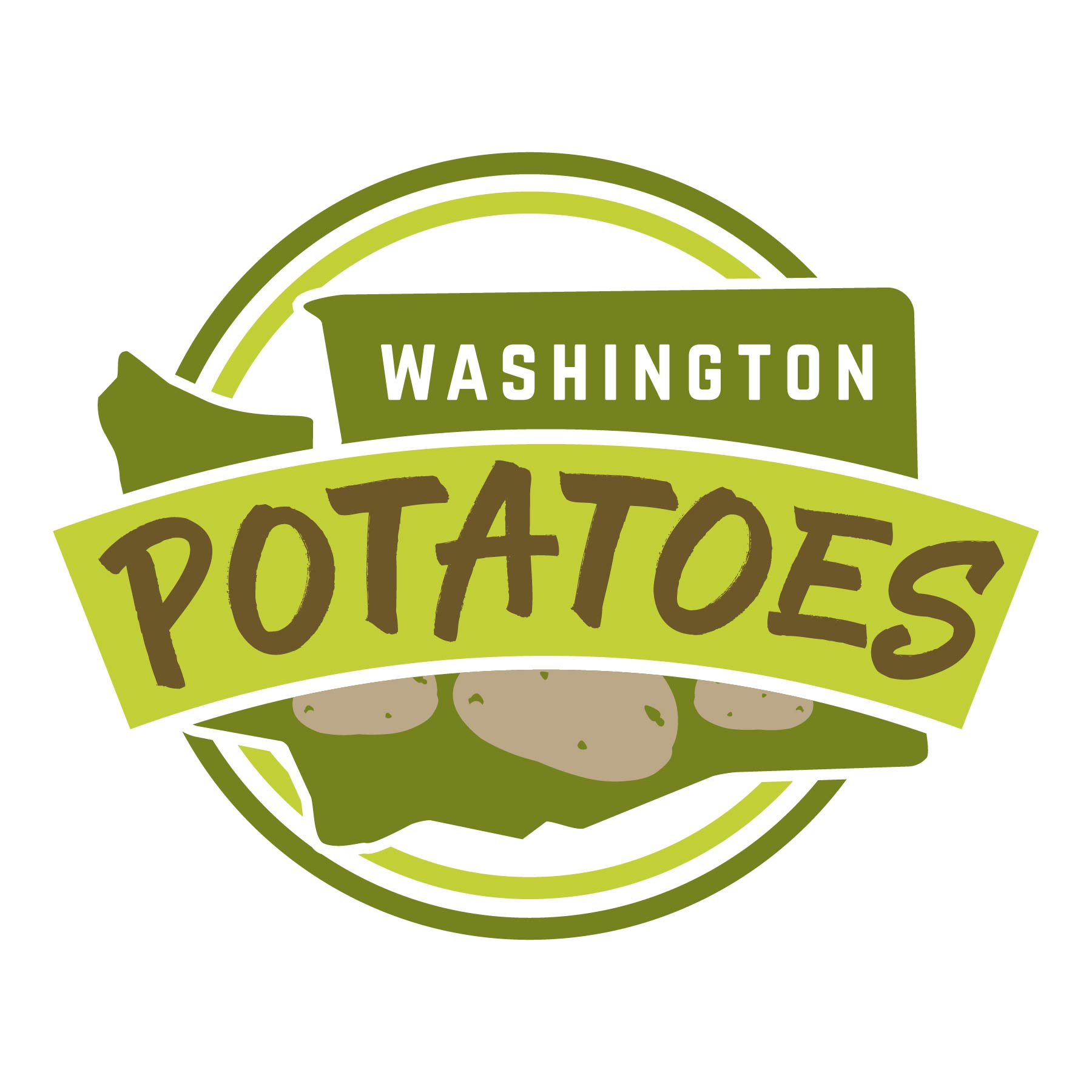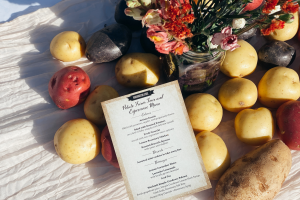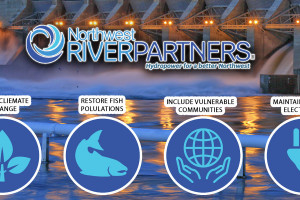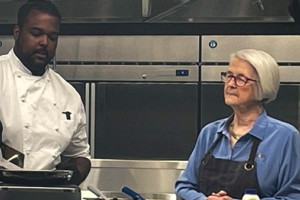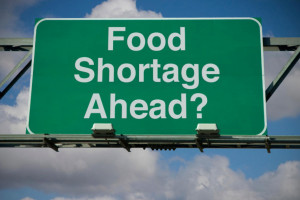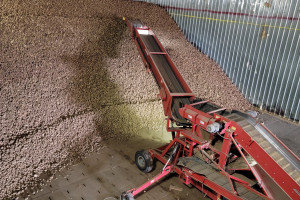Salmon Buffers: Food production survival is on the line, on both sides of the State
Quincy, Washington— February 2, 2023 – The summer Sam Krautscheid’s youngest son was 6 years old, he went almost everywhere with his dad.
He would be waiting for Krautscheid at the foot of the stairs in their home every morning, ready to head out for a grown-up sized workday on the farm. One day, he was helping to fix an irrigation system with his dad and a full-time employee when a discussion about when he could start farming full-time occurred.
Krautscheid’s employee said he’d only completed school through third grade and Krautscheid’s son mused finishing through fourth grade seemed plenty long enough for a farmer like him.
“My son has a true passion for our farm,” Krautscheid said. “My concern is I might not have a farm to give him.”
During the 2022 Legislative Session, the agricultural community was blind-sided by HB 1838, a bill that would have established mandatory riparian buffer zones on every body of water in the state where salmon might reside of 100 feet beyond the high-water mark of the 100-year flood line. The bill targeted rural and agricultural lands while carving out urban and suburban areas as “safe” from the auspices of the bill.
For Krautscheid’s farm, the bill would have taken approximately 71 acres – an area the size of 14 city blocks – out of food production.
“I came into farming when things were expensive,” Krautscheid said. “I paid $7.75 million just for the land and that bill would have devalued my property by a third but I still have to make the same mortgage payment with less ability to earn the money.”
Krautscheid is a steward of his farm. He participates in the Voluntary Stewardship Program (VSP) and sits on the Grant County VSP Board. Krautscheid has built berms to keep the land from annual flooding and has created habitat for various wildlife, including mule deer, pheasants, quail, and chukar, through his participation in the underfunded VSP.
Krautscheid even invited both the Washington State Department of Fish and Wildlife and the Washington State Department of Ecology to determine whether the ephemeral creek on his farm need to have fish screens installed in deference to the requirements of his water permit and involvement in the U.S. Department of Agriculture’s Environmental Quality Incentives Program (EQIP).
“I’ve had Fish and Wildlife out and they say there are no salmon that far up [the] creek,” Krautscheid said. “Ecology requires it, but Fish and Wildlife say the salmon aren’t there.”
Krautscheid expressed concern over any new buffer bill coming out of Olympia that does not allow for voluntary conservation practices to save salmon. As an organic and conventional farmer, growing green peas, sweet corn, alfalfa, timothy, onions, potatoes, and seed crops, he says voluntary stewardship is the best path forward.
“VSP is a good program that uses proven metrics for improvements, promotes itself to ag groups, and it gives farmers extra points to make improvements through NRCS (the USDA’s Natural Resource Conservation Service),” Krautscheid said. “We can improve what we have with the VSP, without having to recreate the program through a buffer bill.”
Krautscheid is keeping an eye on the future of his children and his farm through the lens of any new buffer bills.
“I have five kids, two who are showing a strong interest in coming back to the farm, possibly more,” Krautscheid said. “My concern is how do I bring kids back to the farm, when I may have expenses that are too big to support them.”

